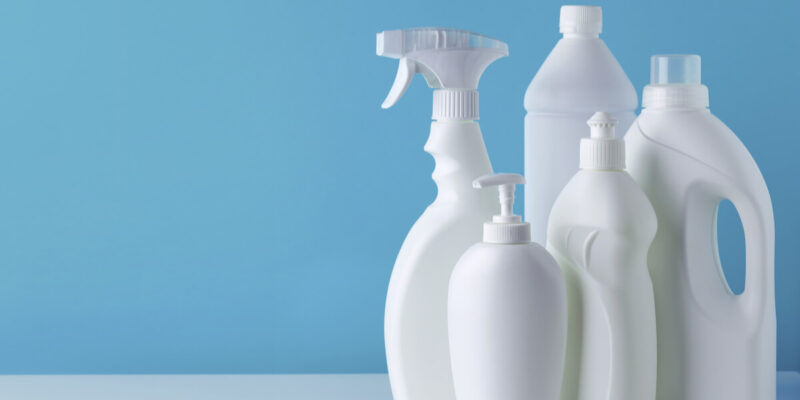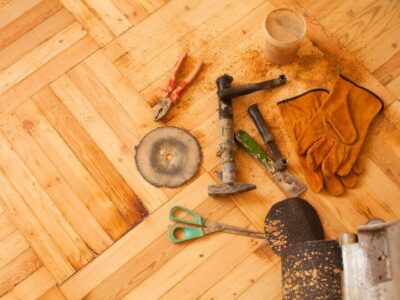Understanding cleaning science is necessary to wash surfaces thoroughly. An efficient cleaning product depends on its surface contact and the soil it’s supposed to remove. This interaction depends on pH pH values of household cleaning products, which indicate acidity or alkalinity. The correct cleaner, suited for the surface and soil, can minimize damage, boost efficiency, and produce better results.
Understanding the pH Scale in Cleaning
It shows how aqueous solutions react chemically from 0 to 14. Balanced solutions, like water, are in the middle. Solutions below this point are on one side of the scale, while those above are on the other. This spectrum determines how cleaners react to grime and surfaces. One sort of cleaner breaks down organic debris, while the other dissolves mineral deposits or grease. Misapplication can smear, stain, or ruin delicate textiles. From oily kitchen counters to soap-scummed restroom tiles, household cleaning problems require careful product selection. The values of household cleaning products is designed to work with specific soils. Different cleaners are needed for hard water stains, rust, and heavy grease and baked-on food. Understanding this essential idea helps you clean more efficiently and effectively. Choose the correct cleaner to make cleaning easy and preserve surface appearance.
Cleaning Different Surface Types
Cleaning products affect surfaces differently. Highly reactive cleaners can etch or discolor porous materials like natural stone or unsealed grout. Though more tolerant, non-porous surfaces like glass or glazed ceramic tiles still need pH-appropriate cleaning to avoid stains and dullness. Strong solutions can remove sealants or dry out wood surfaces, depending on their finish. Matching the cleaner to the soil type and surface material is crucial for the best results.
Targeting Specific Soils
Cleaning efficacy depends on the product’s soil-breaking capabilities. Cleaners on one side of the pH spectrum work well for grease, oil, and protein-based stains. Emulsifying or saponifying fats makes them easier to lift and rinse. Cleaning solutions on the opposite pH scale work best for inorganic soils, such as mineral deposits, rust, and soap scum. These chemicals dissolve minerals for easy wiping. Using the wrong cleanser for a soil might make cleaning harder and leave residue.
A deliberate approach to cleaning that considers cleaning agents, surface materials, and soil kinds yields better outcomes. One can obtain a level of cleanliness that is both visually pleasing and helps preserve home items by considering the cleaner’s and surface’s intrinsic features. This careful selection improves cleaning and protects your house and family.







Comments